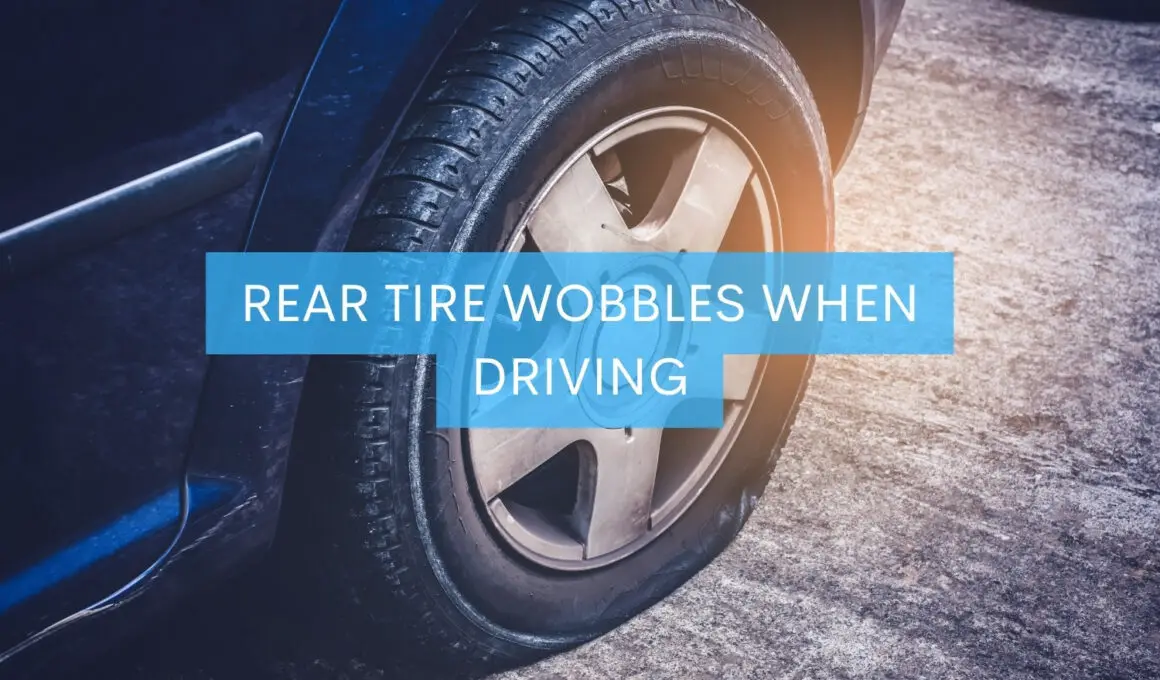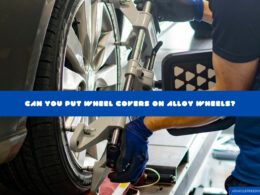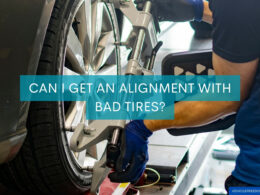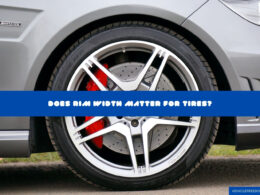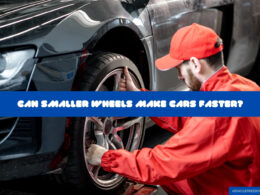In This Article Show
As an experienced mechanic and writer with over 15 years of hands-on experience, I know how disconcerting it can be to feel your car’s rear tire wobble while cruising the highway. It’s not only an annoyance—it’s a potential safety risk that warrants immediate attention.
Tire wobble can disrupt your vehicle’s performance and compromise your safety on the road, making it an issue that every driver needs to understand and address. This comprehensive guide will delve into the causes of rear tire wobble, how to fix it, and preventive measures to ensure a smooth and safe drive.
Over the years, I’ve seen firsthand how seemingly minor issues like a wobbling tire can escalate into major problems if not addressed promptly.
Understanding Tire Wobble Issues
To effectively address a problem, you must first understand what it is. Tire wobble, also known as wheel shimmy or vehicle vibration, is an abnormal movement or oscillation of the tire that can be felt in the steering wheel, seat, or floorboards.
It typically occurs when driving at certain speeds and can be particularly noticeable when cruising down the highway.
I’ve found that tire wobble usually manifests as a side-to-side motion rather than a simple vertical bounce. This wobbling can sometimes be subtle—barely noticeable—or quite pronounced, causing your vehicle to shake or vibrate noticeably.
The key is to identify tire wobble as soon as it starts. If you feel a consistent shake or vibration, especially at certain speeds, checking your tires is essential. Other symptoms may include unusual tire wear patterns or noises.
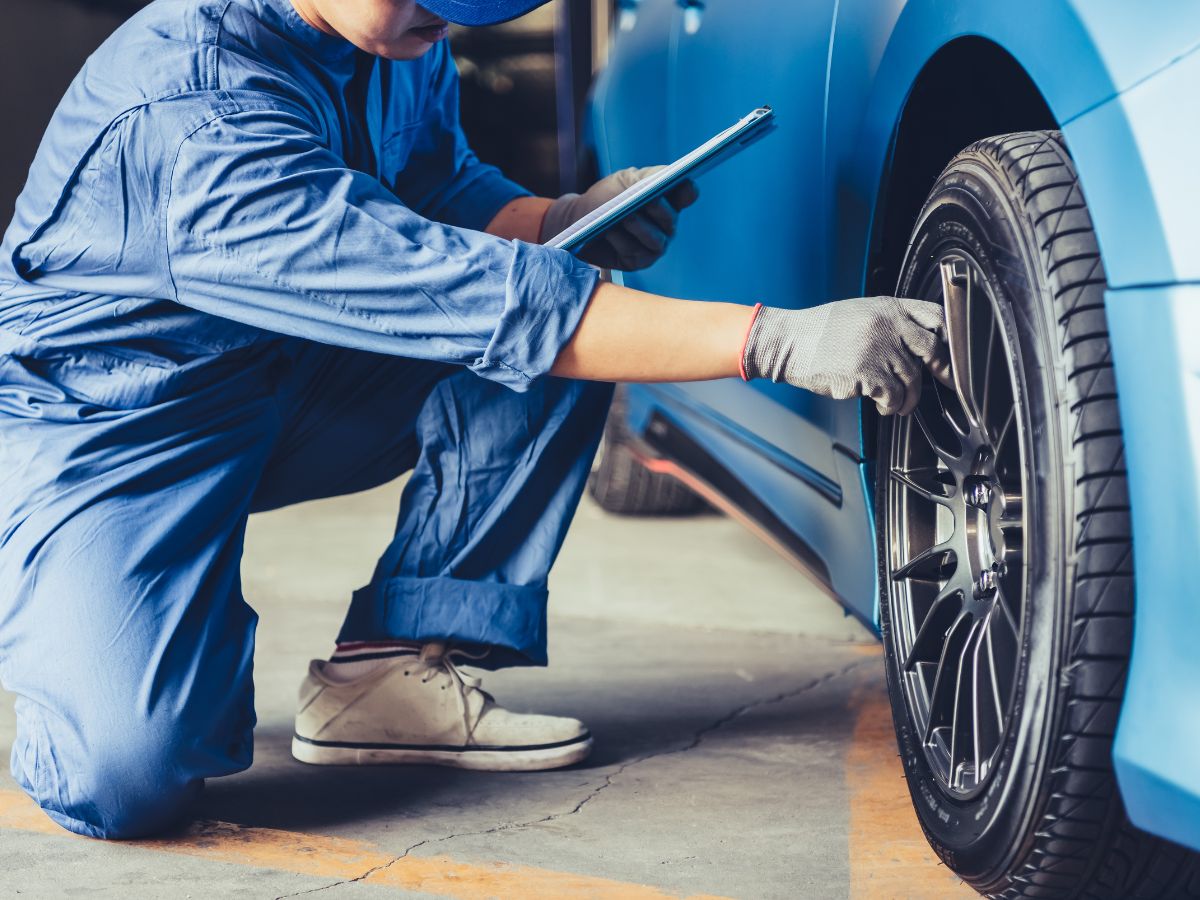
Common Causes of Rear Tire Wobble
Understanding the causes of rear tire wobble is essential in troubleshooting and resolving this issue. Here are some of the most common causes of rear tire wobbling issues in cars;
1. Misalignment
Misalignment is when your vehicle’s tires are not correctly aligned with each other or the vehicle’s body. This can cause the tires to wobble, wear out unevenly, and make the vehicle harder to control.
2. Unbalanced Tires
Tires need to be appropriately balanced for smooth operation. If the weight of the tire isn’t evenly distributed around the axle, it can lead to wobbling. This is often accompanied by a vibration felt in the steering wheel or floorboards.
3. Damaged or Worn-Out Tires
Tires that are damaged, worn out, or have lost their tread can cause a wobble. Regularly inspect your tires for any signs of damage or excessive wear.
4. Suspension Issues
The suspension system connects your vehicle to its wheels and provides shock absorption. Problems with the suspension parts, like worn-out bushings or shocks, can cause your tires to wobble.
5. Bent Wheel
A bent or warped wheel can cause tire wobble. This can occur due to accidents, hitting a pothole, or curb at high speed.
6. Loose Lug Nuts
Lug nuts secure the wheel to the vehicle. If these nuts are loose, they can cause the tire to wobble. Regularly check your lug nuts to ensure they are tightly fastened.
Each of these issues can contribute to tire wobble, but they also have unique symptoms and require different approaches to repair.
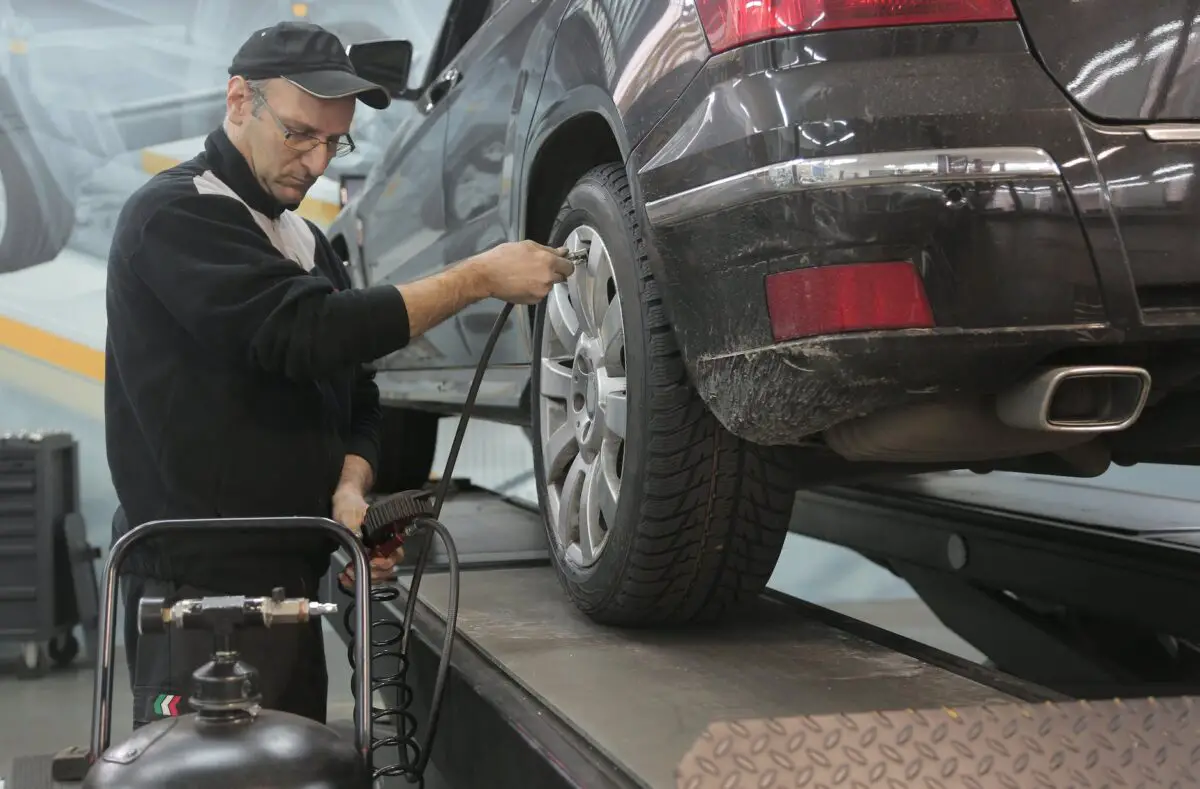
Dangers of Ignoring Tire Wobble
Tire wobble may seem minor, but ignoring it can lead to serious consequences. Here’s why it’s essential to address tire wobble as soon as you notice it:
- Safety Concerns: A wobbling tire can make your vehicle harder to control, especially at high speeds. This can increase the risk of accidents, endangering you and others on the road.
- Potential Damage to the Vehicle: Tire wobble is not an isolated issue. It can stress other vehicle parts, including the suspension, bearings, and wheel assembly. Over time, this can lead to premature wear and damage, resulting in costly repairs.
- Impact on Fuel Efficiency: A wobbling tire can decrease your vehicle’s fuel efficiency. Misaligned or unbalanced tires can increase rolling resistance, so your vehicle must work harder and burn more fuel to move forward.
Ignoring a wobbling tire can turn a relatively minor issue into a costly problem. It’s always better to address this issue sooner rather than later.
How to Fix Rear Tire Wobble
Once you’ve identified that your rear tire is wobbling, it’s time to take action. Here are some potential solutions, both DIY and professional:
DIY Solutions
- Check Tire Pressure: Ensuring your tires are correctly inflated is one of the simplest things you can do. Refer to your vehicle’s manual for the recommended tire pressure.
- Inspect for Visible Damage: Look for any tire damage or excessive wear signs. It might be time for a tire replacement if you notice anything unusual.
- Tighten Lug Nuts: Loose lug nuts can cause your tire to wobble. This is the first thing to check if you’ve recently had your tires changed or rotated.
Professional Solutions
While some issues can be handled on your own, others might require professional help. Here’s when you should consider visiting a mechanic:
- Tire Balancing: If your tires are unbalanced, you must take your vehicle to a professional. They have the tools and expertise to balance your tires correctly.
- Wheel Alignment: Misalignment can cause your tires to wobble and wear unevenly. If you suspect this is the issue, a professional alignment is necessary.
- Suspension Issues: Problems with your suspension system require a professional’s attention. If you’ve ruled out other causes and the wobble persists, it’s time to check your suspension.
Preventive Measures for Tire Wobble
Here are some steps you can take to prevent tire wobble issues:
1. Regular Vehicle Maintenance
Regular maintenance can help you catch potential problems early. This includes regularly checking your tire pressure, looking for signs of damage or wear, and ensuring your lug nuts are tight.
2. Tire Rotation
Regularly rotating your tires can help ensure they wear evenly, reducing the risk of wobble. The recommended rotation frequency can vary, but a general rule of thumb is every 5,000 to 7,500 miles.
3. Regular Wheel Alignment and Balancing
Regular alignments and tire balancing can help prevent wobble. While the frequency can depend on your vehicle and how often you drive, generally, an alignment is recommended every two to three years, and balancing every time you get new tires or notice a vibration.
4. Proper Tire Inflation
Keeping your tires inflated to the recommended pressure can help prevent many issues, including wobble. Check your tire pressure at least once a month and before long trips.
5. Checking for Damage Periodically
Regularly inspect your tires for any signs of damage. If you notice any bulges, cuts, or punctures, get your tire checked out immediately.
Wrapping it up
Tire wobble is an issue that no driver should ignore. Not only can it affect your vehicle’s performance, but it can also compromise your safety on the road.
As we’ve discussed in this comprehensive guide, tire wobble can stem from various causes—from misalignment and unbalanced tires, to more serious suspension issues.
You can prevent more severe damage and potential accidents by identifying the issue early and addressing it promptly—whether through DIY methods or seeking professional help.
Moreover, with regular vehicle maintenance and a proactive approach to care, you can prevent tire wobble from occurring in the first place.






